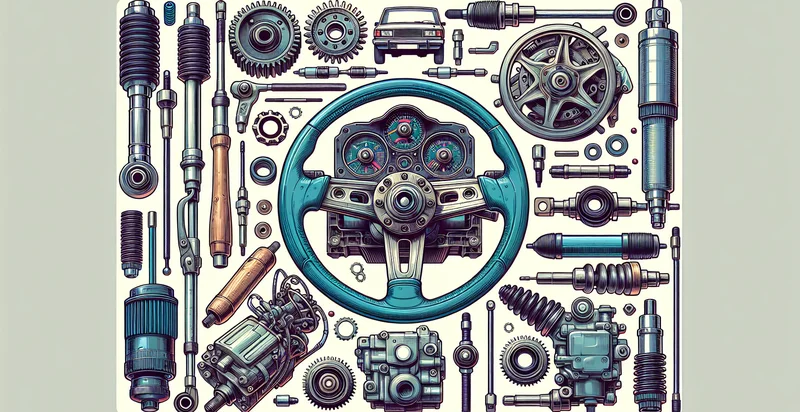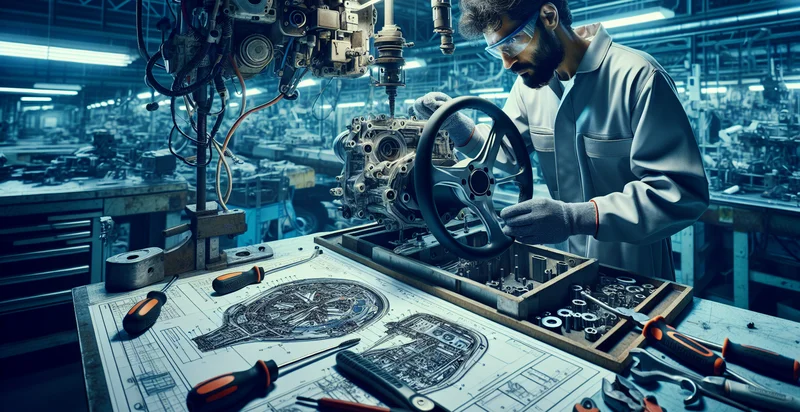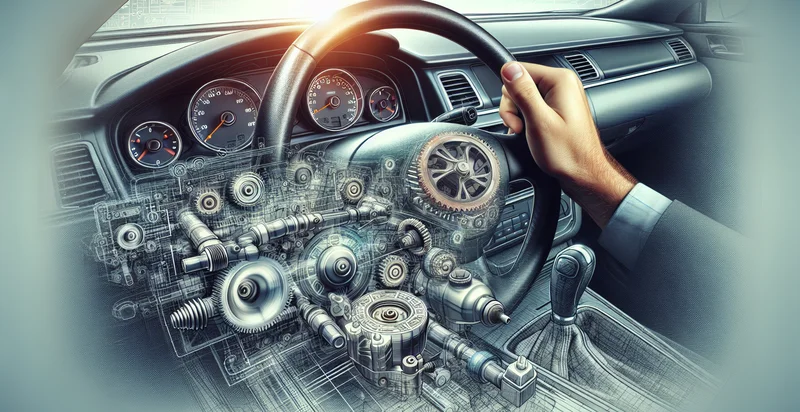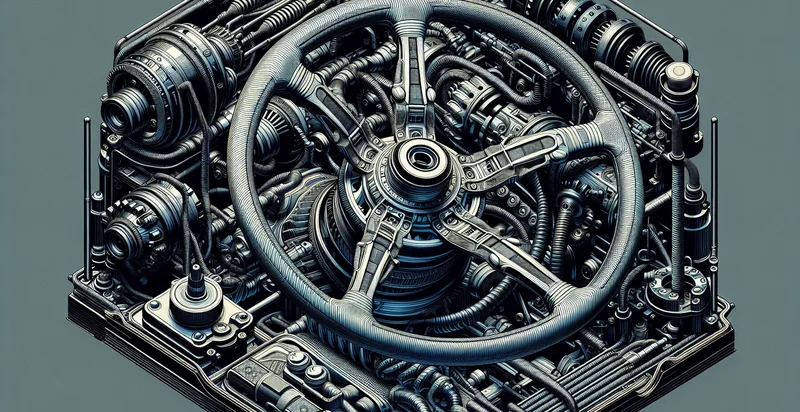Identify steering components
using AI
Below is a free classifier to identify steering components. Just upload your image, and our AI will predict what steering component it is - in just seconds.


Contact us for API access
Or, use Nyckel to build highly-accurate custom classifiers in just minutes. No PhD required.
Get started
import nyckel
credentials = nyckel.Credentials("YOUR_CLIENT_ID", "YOUR_CLIENT_SECRET")
nyckel.invoke("steering-components", "your_image_url", credentials)
fetch('https://www.nyckel.com/v1/functions/steering-components/invoke', {
method: 'POST',
headers: {
'Authorization': 'Bearer ' + 'YOUR_BEARER_TOKEN',
'Content-Type': 'application/json',
},
body: JSON.stringify(
{"data": "your_image_url"}
)
})
.then(response => response.json())
.then(data => console.log(data));
curl -X POST \
-H "Content-Type: application/json" \
-H "Authorization: Bearer YOUR_BEARER_TOKEN" \
-d '{"data": "your_image_url"}' \
https://www.nyckel.com/v1/functions/steering-components/invoke
How this classifier works
To start, upload your image. Our AI tool will then predict what steering component it is.
This pretrained image model uses a Nyckel-created dataset and has 16 labels, including Aftermarket, Bent, Corroded, Cracked, Damaged, Functional, Intact, Loose, Missing and Modified.
We'll also show a confidence score (the higher the number, the more confident the AI model is around what steering component it is).
Whether you're just curious or building steering components detection into your application, we hope our classifier proves helpful.
Related Classifiers
Need to identify steering components at scale?
Get API or Zapier access to this classifier for free. It's perfect for:
- Quality Control in Manufacturing: The 'steering components' identifier can be utilized in quality control processes within manufacturing plants that produce automotive parts. By identifying false images of steering components, companies can reduce defects, ensuring that only approved components proceed through the production line, ultimately enhancing product reliability.
- Parts Verification in Distribution Centers: In distribution centers, the function can automate the verification of steering component images against cataloged items. This automation helps reduce the likelihood of shipping errors, ensuring that the correct parts are shipped to customers, thereby improving overall customer satisfaction.
- Supply Chain Optimization: The identifier can streamline supply chain operations by ensuring only valid images of steering components enter the logistics flow. By preventing false representations from delaying processes or causing mix-ups, businesses can enhance efficiency and reduce costs associated with returns and reshipments.
- E-commerce Product Listings: E-commerce platforms can leverage this identifier to ensure that the images of steering components listed on their sites are accurate and represent the products being sold. This reduces confusion and enhances the shopping experience, as customers can trust that they are viewing correct representations of items they are interested in purchasing.
- Fraud Detection in Auto Parts Sales: The function can assist in fraud detection by identifying false images of steering components that may be submitted for warranty claims or used in deceptive sales practices. By validating images, businesses can protect themselves against potential losses from fraudulent claims or sales.
- Training and Development for Technicians: Automotive training programs can use the identifier to enhance learning materials by only including images of legitimate steering components. This ensures that trainees receive accurate and relevant information, leading to better understanding and skills in component identification and servicing.
- Enhanced Customer Support: Customer support teams can employ the 'steering components' identifier to validate customer-submitted images when resolving inquiries or complaints. By ensuring that the images provided are legitimate components, support teams can deliver more accurate solutions and recommendations, improving service response times and customer satisfaction.


